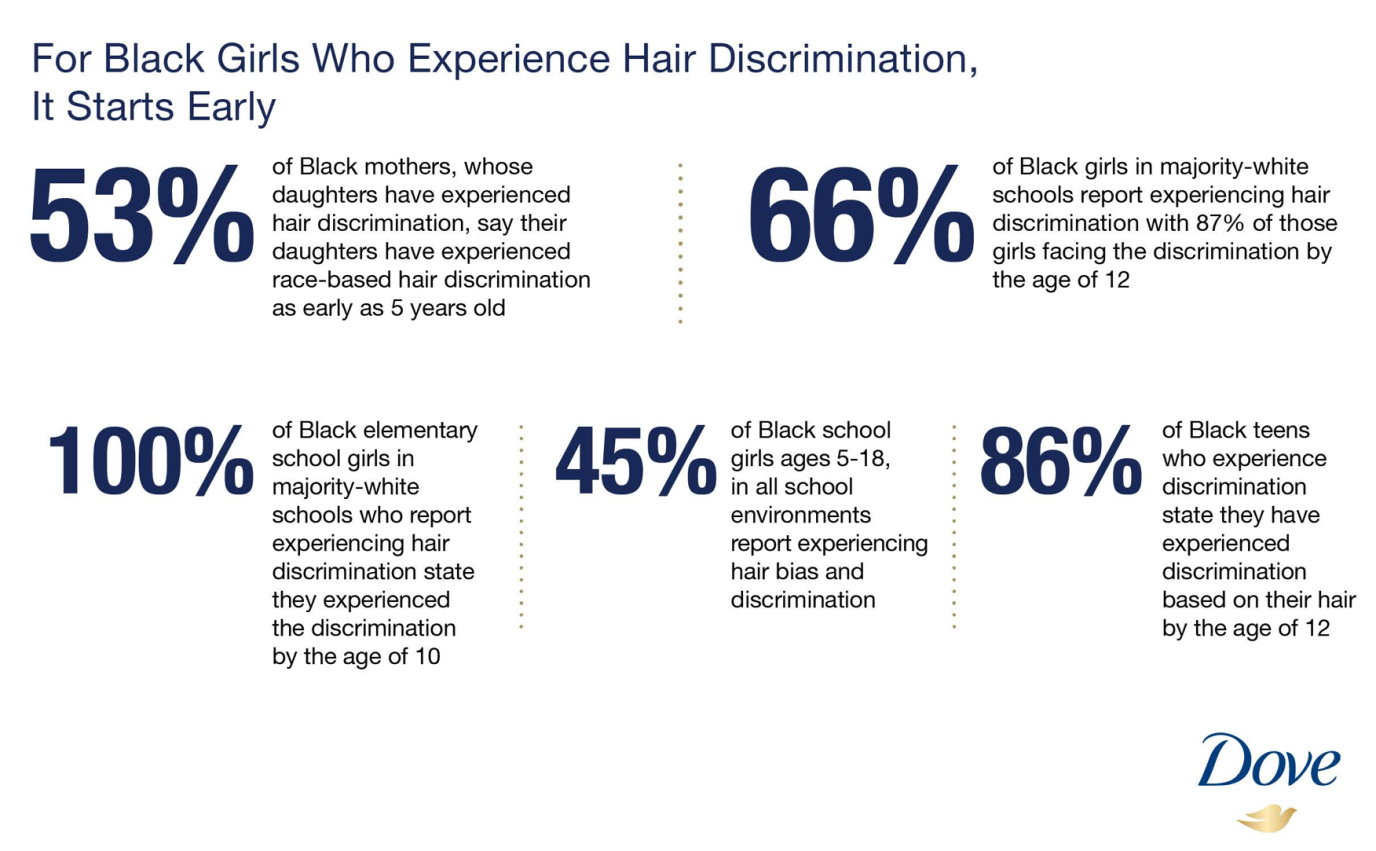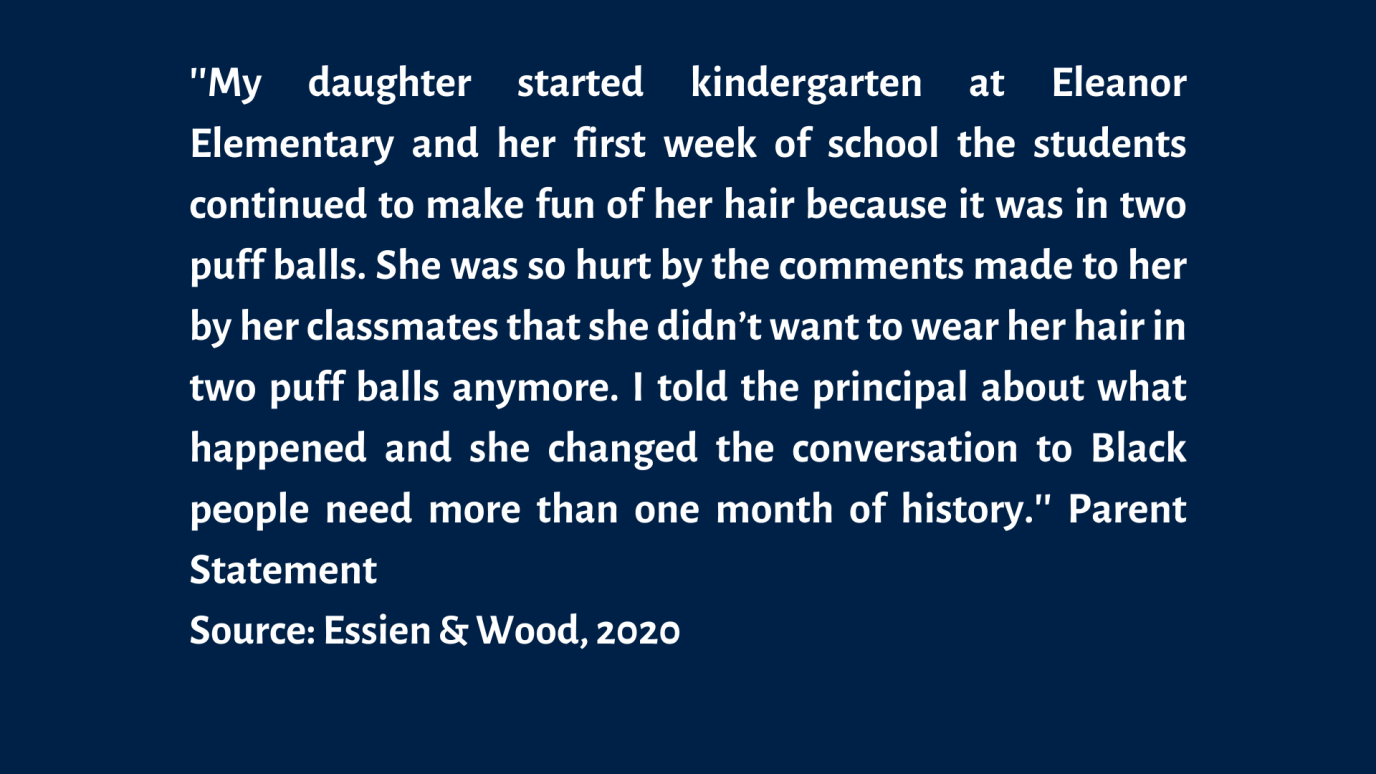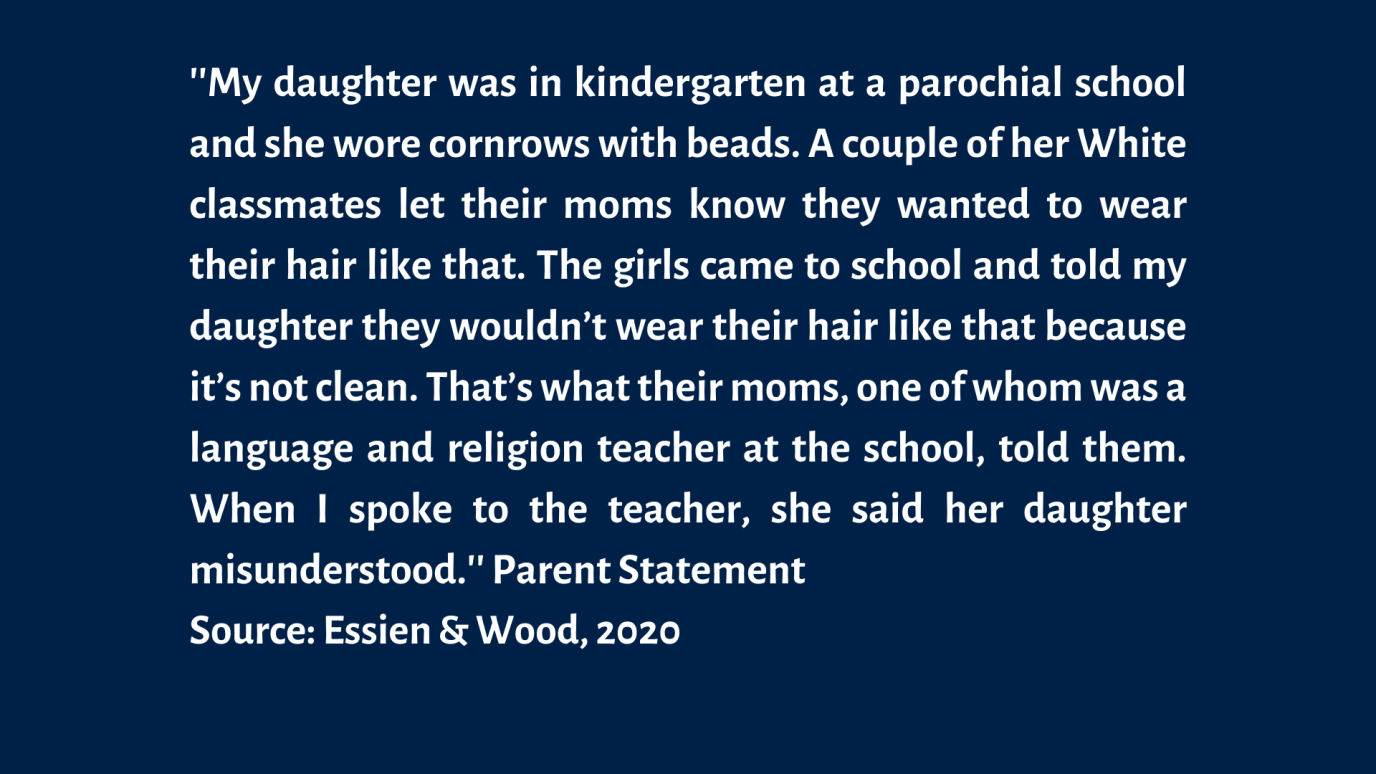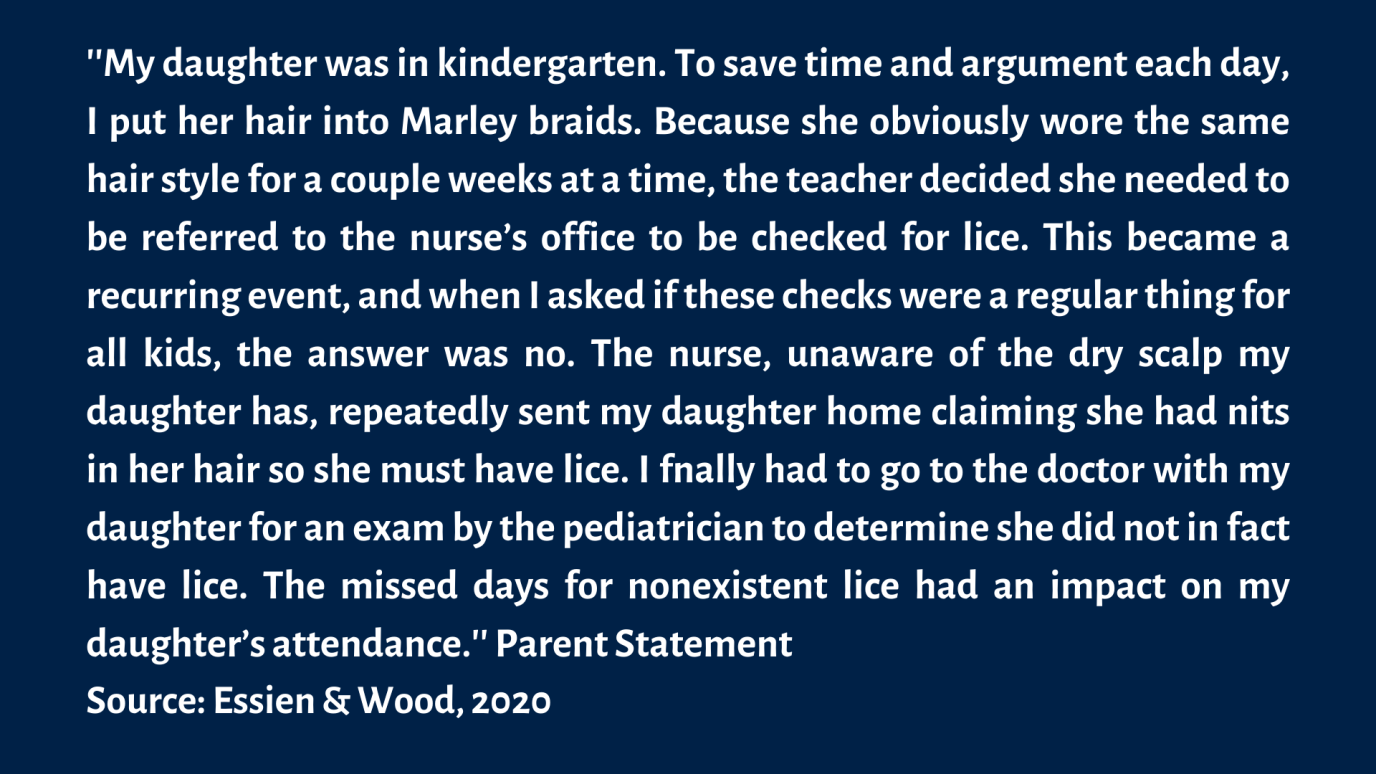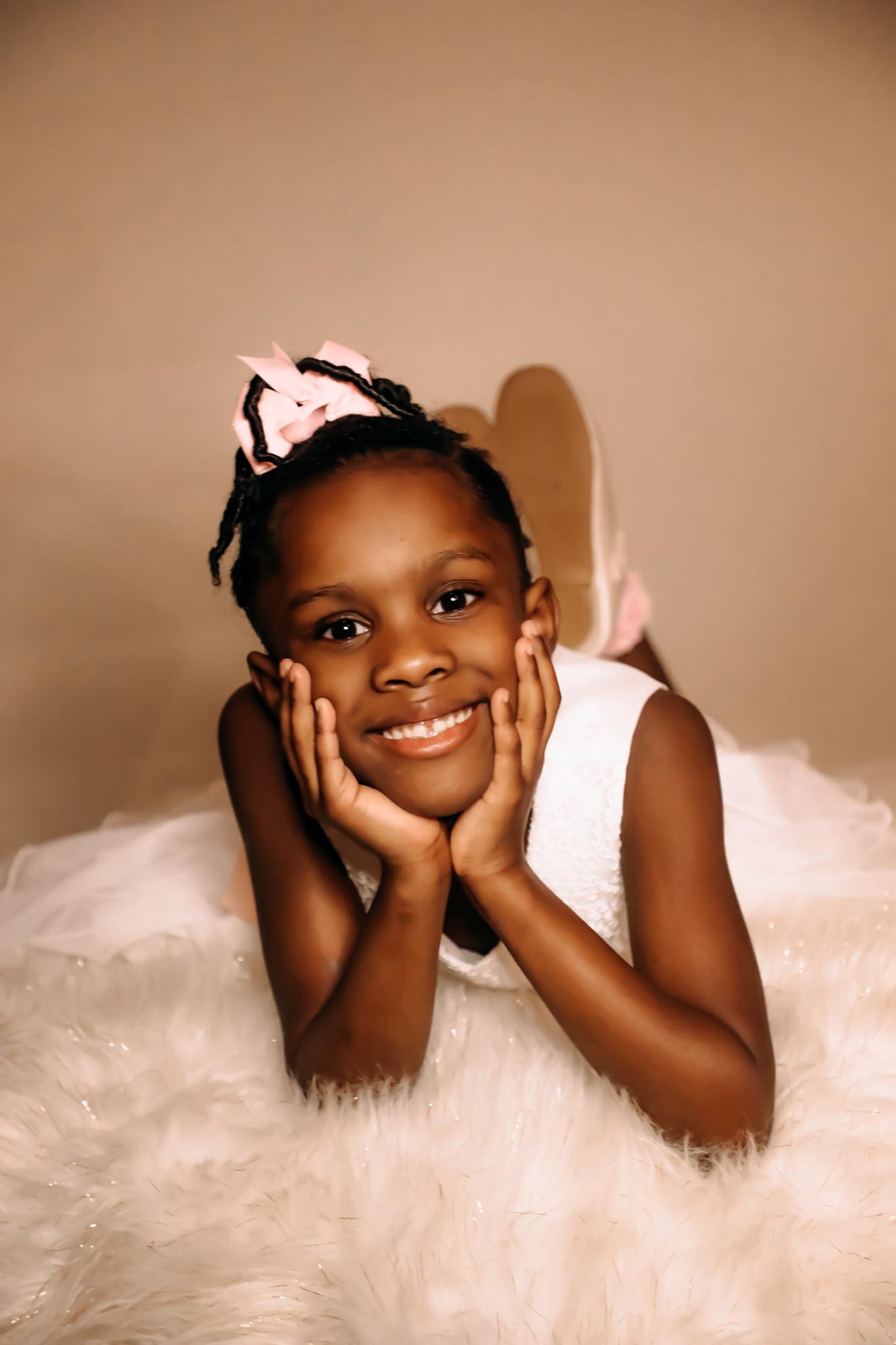Did you know?
In 2021, Oregon passed the CROWN Act, HB2935 ("CROWN Act", n.d.). Then in March 2022, The House passed the Crown Act. Now its headed to the Senate, where chances to pass is uncertain. President Joe Biden has stated he’ll sign the bill into law if sent to his desk (Amiri, 2022).
What is the CROWN Act?
The CROWN Act, which stands for Creating a Respectful and Open World for Natural Hair Act, is a law to ensure protection against discrimination based on race-based hairstyles by extending statutory protection to hair texture and protective styles such as braids, locs, twists, and knots in the workplace and public schools ("CROWN Act", n.d.). The CROWN Act first passed in California in 2019.
Why is a law like the CROWN Act important and necessary?
DOVE in collaboration with other organizations, conducted a survey that found that 45% of Black school girls ages 5-18, in all school settings, reported experiencing hair bias and discrimination ("DOVE 2021 CROWN Research Study for Girls"). 66% of Black girls in majority-white schools report experiencing hair discrimination with 86% of those girls facing discrimination by the age of 12 ("DOVE 2021 CROWN Research Study for Girls"). 100% of Black elementary school girls in majority-white schools who reported hair discrimination also state they experienced hair discrimination by the age of 10 ("DOVE 2021 CROWN Research Study for Girls").
The environment we create effects how our young and beautiful Black girls see themselves. It's important that schools, especially white-dominated schools, create environments that are positive in both self-esteem and identity building. 81% of Black girls in majority-white schools say they sometimes wished their hair was straight ("DOVE 2021 CROWN Research Study for Girls"). This is incredibly concerning, especially when school is meant to foster positive social skills, identity, and formative thinking. One positive takeaway is how crucial self-esteem and confidence building at the family or community level is, with 90% of Black girls stating their hair is beautiful ("DOVE 2021 CROWN Research Study for Girls").
How hair discrimination shows up in school settings.
Highlighting "I Love My Hair: The Weaponizing of Black Girls Hair by Educators in Early Childhood Education" by Essien and Wood (2020). They focus on the relevant aspects directly connected to early learning and school systems. Essien and Wood draw reference to the 2010 Sesame Street "I Love My Hair" to discuss the importance of positive self-image development for Black girls needed in early learning settings (2020). We encourage you to read the study in its entirety to better understand the complexities between Black history in the United States and hair discrimination.
After analyzing the narratives of 44 parents of Black children, Essien and Wood argue that Black hair is viewed as a marker of second-class citizenship and as an indicator of defilement (2020). Essien and Wood perceive second-class hair as a subtype of second-class citizenship (2020). Parents expressed how their Black girl's hair was perceived as lesser than by both their peers and educators (Essien and Wood, 2020). Parents reported receiving negative comments when their child wore their hair in natural or protective hairstyles (Essien and Wood, 2020). Mixed-race Black girls would receive positive comments about their "good hair" from educators, which parents vehemently rejected (Essien and Wood, 2020).
Other participants regularly remarked how educators made comments to suggest their child’s hair was unkempt, a connotation they received as questioning their parental abilities (Essien and Wood, 2020).
Parents expressed how the micro-aggressive treatment, comments, and lack of action to protect their Black child would oftentimes be coupled with suggestions from educators and administrators that the parents were to somehow to blame (Essien and Wood, 2020). This aggressive and discriminatory treatment of Black girls and their parents was connected to a presumption of defilement, that Black girl's hair was inherently dirty (Essien and Wood, 2020). This argument was supported by the experiences parents of Black girls had to share (Essien and Wood, 2020).
Parent Narratives
Sourced from the Essien and Wood 2020 study.
While these are strong and deeply concerning arguments to make, one cannot deny Black parents and parents of Black children their experiences with hair discrimination. It's important to identify how hair discrimination shows up in our early education systems, so that educators and administrators are properly trained to create a discrimination-free and healthy environment for Black children to succeed.
Why we need the CROWN Act laws passed in both the state and federal level.
The support and necessity of the Crown Act has grown with more and more traumatic public displays of hair discrimination (Amiri, 2022). Black students are three to six times as likely to be suspended from school through discretionary school suspensions, education administrators often aiming "to prepare them for the real world" (Henderson & Wyatt, 2021). Black children disproportionately experience harassment, punishment, and public humiliation for simply wearing their natural hair or wearing a traditional hairstyle (Henderson & Wyatt, 2021; Amiri, 2022). Racist systems play difficult and complex roles within our institutions, including our education systems. Federal level legislation would ensure that Black children, their parents, and Black professionals civil and legal protections against hair-discrimination. This legal right allows for better accountability and action to be taken when instances or systems of hair discrimination are identified. While we wait to see the action of our nation's leaders at the federal level, and considering not all 50 states have implemented its own version of the CROWN Act, there are many steps and policies we can adopt to create discrimination free environments. Hair discrimination awareness and education needs to be spread across all local levels within our communities (Miller, 2021), with a priority focus in advancing and enforcing diversity, equity, and inclusive (DEI) trainings within our education systems. Only through community-led policy implementation, legislative protection, and equity centered trainings can we realize a positive and discrimination-free environment that fosters success of Black children and the Black community.
Sources
Amiri, F. (2022, March 18). House passes Bill to prohibit discrimination based on hair. Retrieved May 10, 2022
Creating a Respectful and Open World for Natural Hair (CROWN Act). (n.d.). Retrieved May 9, 2022
Diaz, J. (2022, March 18). The House passes the CROWN Act, a bill banning discrimination on race-based hairdos. Retrieved May 10, 2022
DOVE 2021 CROWN Research Study for Girls. (n.d.). Retrieved May 09, 2022
Essien, I., & Wood, J. L. (2020). I love my hair: The weaponizing of black girls hair by educators in early childhood education. Early Childhood Education Journal, 49(3), 401–412. https://doi.org/10.1007/s10643-020-01081-1
Henderson, H., & Wyatt Bourgeois, J. (2021, February 23). Penalizing black hair in the name of academic success is undeniably racist, unfounded, and against the law. Retrieved May 10, 2022
Miller, E. (2021, November 27). A new Oregon law will soon protect black people against discrimnation for their hairstyles. Retrieved May 10, 2022

